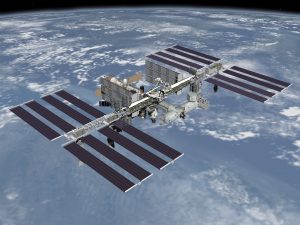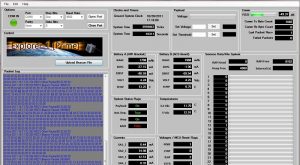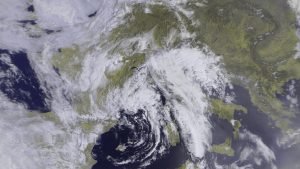Learn more about satellites

Satellites have coordinates, called “kepler elements”
All satellite orbits around the earth can be predicted, using the so called “kepler elements” or TLEs (“two-line elements”). These are entered in our android app, which then calculates the position of the satellite relative to your own GPS position.
Because of friction and other variations, the TLEs needs to be refreshed almost daily to give accurate predictions. These can be found for most satellites at the CelesTrak website »
Some use cases…

SSTV from the Space Station

Satellite Telemetry
Many satellites send out telemetry as packets (“Short bursts of radio signals”), that contains data on their vitals like altitude, power usage or GPS location. There are many available decoders that gives you the tools to interpret the data, and some groups rely on contributions from the public to keep track of their satellites this way.

Weather imagery
Weather forecasts and marine navigation rely heavily on satellite images. NOAA and others have many satellites from which you can receive and decode images from high above the ground. Is there really a big storm coming your way? Don’t trust the weatherman, find out for yourself.
Links to learn more
Who is it for?
Amateur radio is a great hobby for tech lovers and today there are a variety of satellites that even non-licensed hobbyists can listen to using cheap SDR equipment (Software Defined Radio). Some send simple telemetry-data and others even allow two-way communication.
Many “CubeSATs” are now also in orbit – small, privately funded satellites built by schools, universities and enthusiasts. Even the international space station regularly transmits images by radio, using what is called “Slow Scan TV”.
